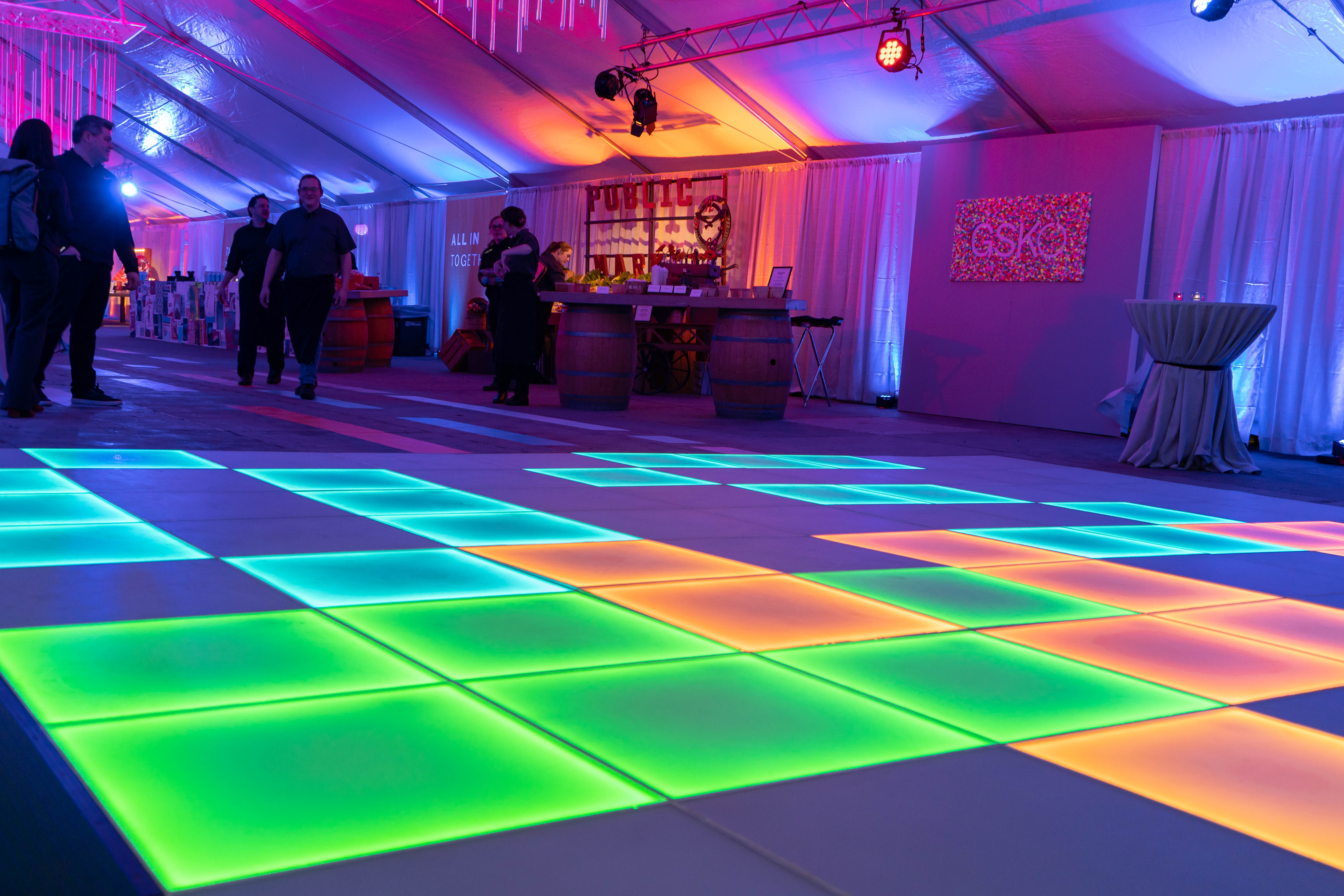Choosing the appropriate materials for building a long-lasting and secure external performance surface is essential for guaranteeing an pleasurable session. Outdoor dance floors must withstand various weather conditions while providing a stable surface for performers and participants. Therefore, it is essential to consider factors such as material durability, safety features, and maintenance requirements when making selections. This article will explore several suitable materials and their advantages in creating an outdoor dance floor.
One popular choice for exterior dance floors is timber. Lumber offers a traditional and inviting appearance that many consider attractive. Solid woods like maple or ash are particularly preferred due to their strength and ability to cushion shock, which can safeguard dancers’ ligaments. Additionally, timber has inherent slip-resistant properties when finished properly, reducing the risk of accidents. However, maintaining a wooden dance floor requires routine sealing and refinishing to shield it from humidity and ultraviolet exposure, rendering it essential to consider the climate in which the floor will be installed.

Another viable alternative is synthetic composites, which combine wood fibers with plastic. These composites are engineered to be resistant to moisture, mold, and fading from UV exposure. Composite dance floors provide durability similar to traditional wood without the extensive maintenance. They are less susceptible to distortion and cracking than natural wood floors when exposed to extreme environmental conditions. In addition, composite materials often have built-in anti-slip properties, making them a safer selection for open-air occasions.
For those looking for a more modern solution, modular tiles made of polyvinyl chloride or rubber are excellent alternatives. These tiles are crafted for hassle-free installation and can be reconfigured or replaced as needed. The flexibility of using interlocking tiles permits rapid setup and breakdown, making them ideal for short-term dance venues or gatherings. Additionally, these flooring types provide shock absorption that improves comfort while dancing and minimizes the risk of injuries resulting from falls. The sealed nature of PVC and rubber also inhibits water penetration, further prolonging the life of the dance surface.
Finally, it is vital to consider the site and intended use of the exterior dance floor when selecting components. For instance, if the dance floor will be situated in a heavily used area or subjected to Discover More harsh weather frequently, opting Find Out More for robust materials that require low upkeep will be important. On the other hand, for lighter use or in more protected areas, lighter options may suffice. In any case, emphasizing safety aspects such as grip and shock absorption should remain at the forefront of design.
In conclusion, building a durable and safe outdoor dance floor involves thoughtful assessment of diverse materials suited for different environments and purposes. Wood offers timeless aesthetics but demands consistent care; engineered composites balance appearance with durability; interlocking tiles offer adaptability and ease of use. Ultimately, understanding the specific needs of the dance floor's intended use will guide decision-making toward selecting the most appropriate solution for an satisfying and secure dancing experience in outdoor spaces.